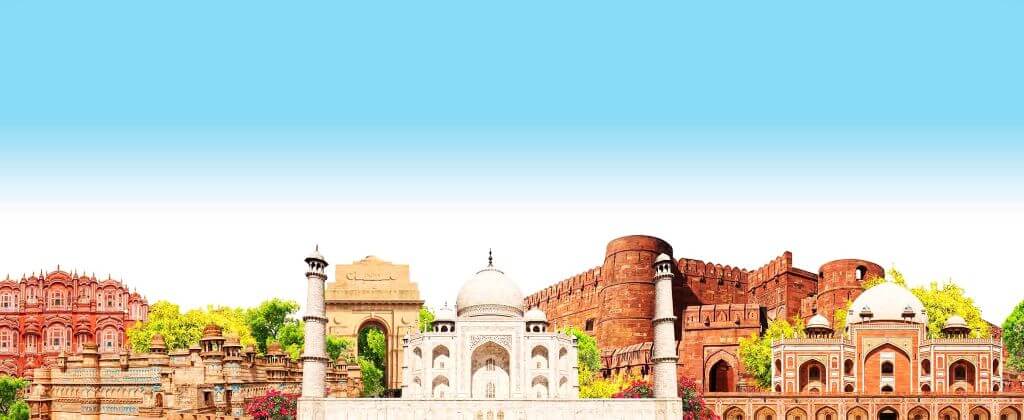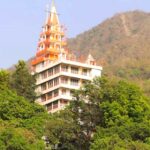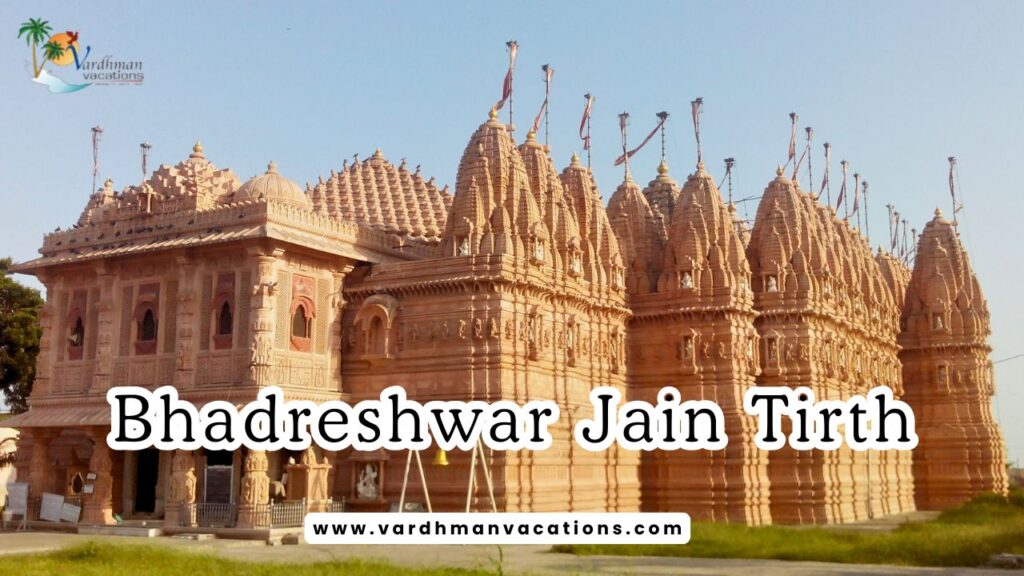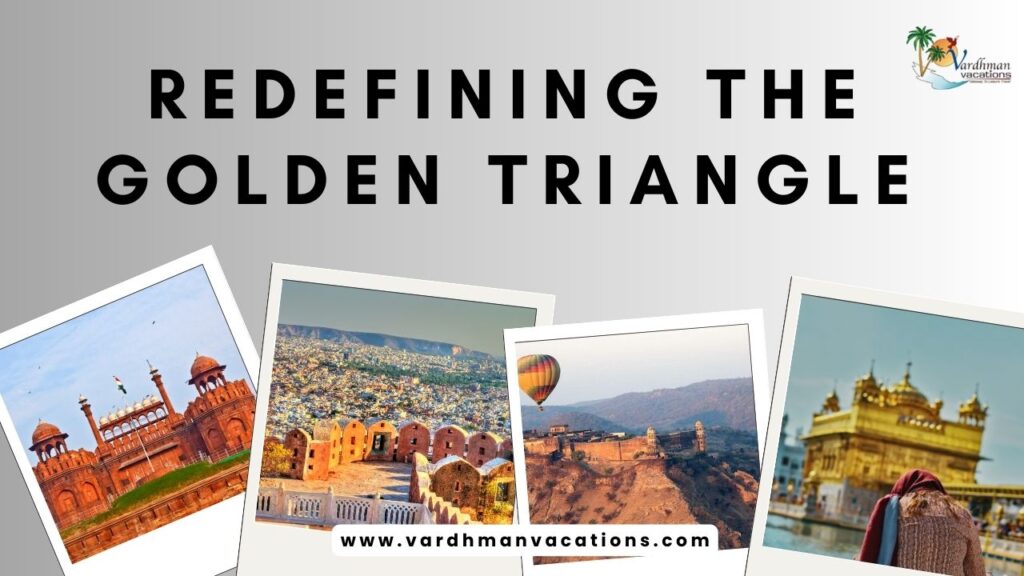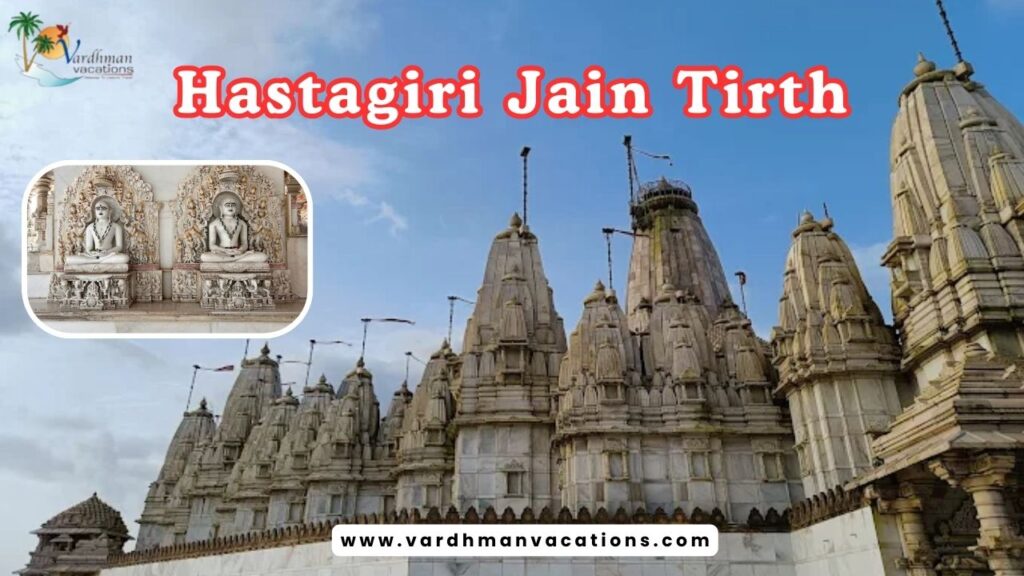In the heart of Northern India lies the Golden Triangle, a spot every traveler should see. It’s made up of New Delhi, Agra, and Jaipur. Here, you’ll find amazing monuments, beautiful landscapes, and a deep dive into India’s culture. You can see the Taj Mahal’s beauty, explore Amber Fort’s grandeur, or wander Jaipur’s lively markets. The Golden Triangle is a journey that will enchant and inspire you.
Golden Triangle Highlights
- The Golden Triangle is a famous tourist spot in Northern India, covering New Delhi, Agra, and Jaipur.
- It has a mix of iconic sites like the Taj Mahal, Humayun’s Tomb, and Amber Fort.
- Each city has its own unique vibe, from Delhi’s hustle to Agra’s romance and Jaipur’s royalty.
- The area is easy for tourists to get around, making it a great trip.
- Visitors can dive into the area’s rich culture and lively traditions.
What is the Golden Triangle?
The Golden Triangle links the cities of New Delhi, Agra, and Jaipur together. They are about 125 miles apart. This route is perfect for those wanting to see the best of India. It takes you to some of the country’s most famous landmarks.
Why Visit the Golden Triangle?
For anyone wanting to dive into India’s vibrant culture and history, the Golden Triangle is a top choice. You’ll see the stunning Taj Mahal in Agra and explore the lively markets and beautiful buildings of Delhi and Jaipur. The area has great places to stay and easy travel between cities, making it perfect for both new and returning visitors to India.
The Golden Triangle offers a memorable trip through India. It’s perfect for those interested in history, city life, or cultural heritage. With its unique mix of history, architecture, and beauty, it’s a key spot for anyone wanting to see the best of the Golden Triangle in India.
Top Places to Visit in Delhi
Delhi, India’s capital, is full of sights and culture. It’s a key part of the Golden Triangle tour. You’ll find amazing places like Humayun’s Tomb and the Lotus Temple. These spots show off India’s history and stunning architecture.
Humayun’s Tomb
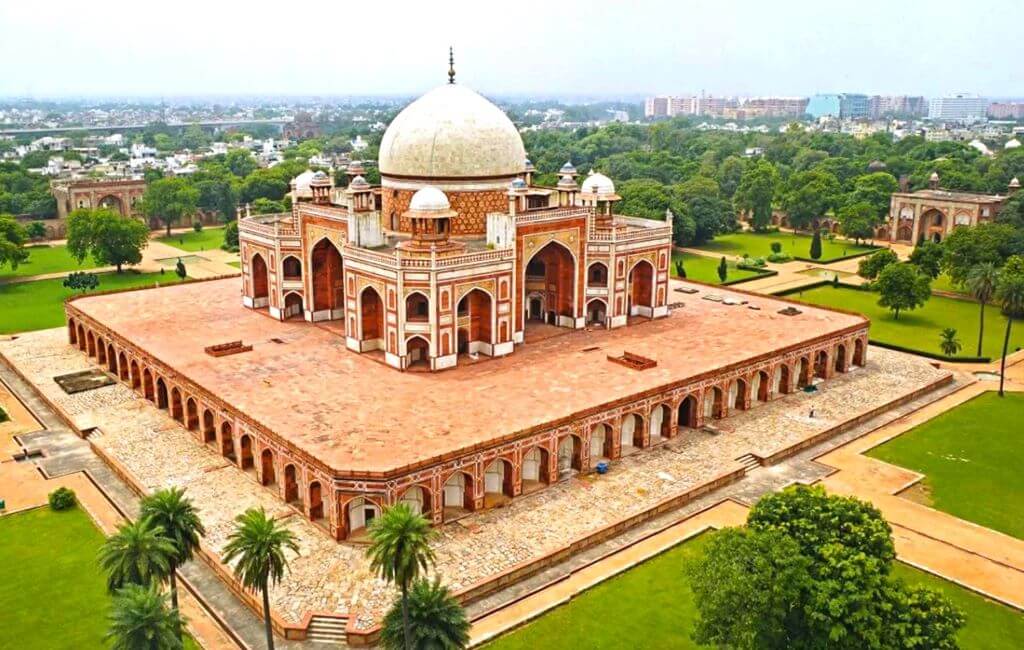
Humayun’s Tomb sits in beautiful gardens and is a UNESCO World Heritage Site. Built in the 16th century, it was made by Humayun’s wife. It’s known for its red sandstone and marble, which inspired the Taj Mahal.
Here, you can walk through peaceful gardens and see the detailed design. It mixes Hindu and Islamic styles beautifully.
Lotus Temple
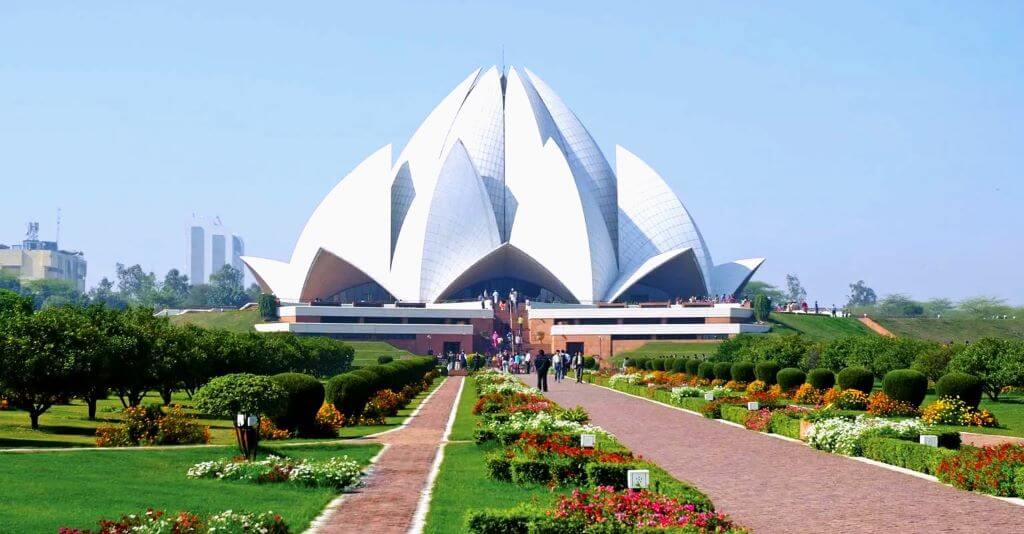
The Lotus Temple is a Bahai House of Worship with a unique lotus shape. It’s made of white marble and has nine petals. The place is calm and perfect for thinking and praying.
People come here to enjoy the gardens and attend services. It’s a hit with those who love architecture and spirituality.
India Gate
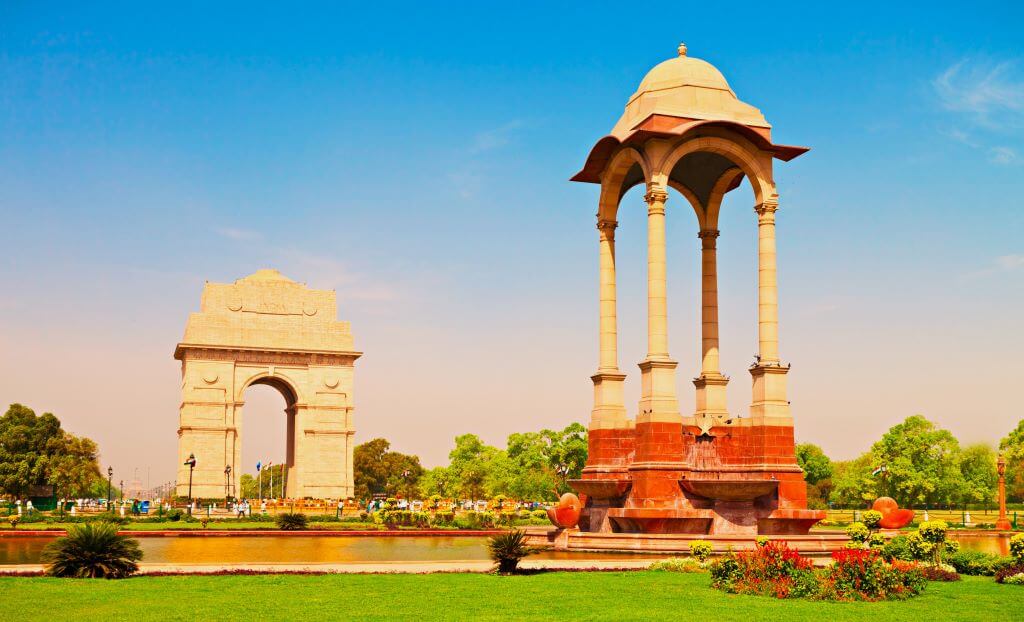
India Gate is like the Arc de Triomphe in Paris. It’s a war memorial in New Delhi. It honors soldiers who died in World War I and the Anglo-Afghan Wars.
The monument is 42 meters tall and is a meeting spot. You can walk by the pathways, see the beautiful stonework, and learn about its history.
Jama Masjid
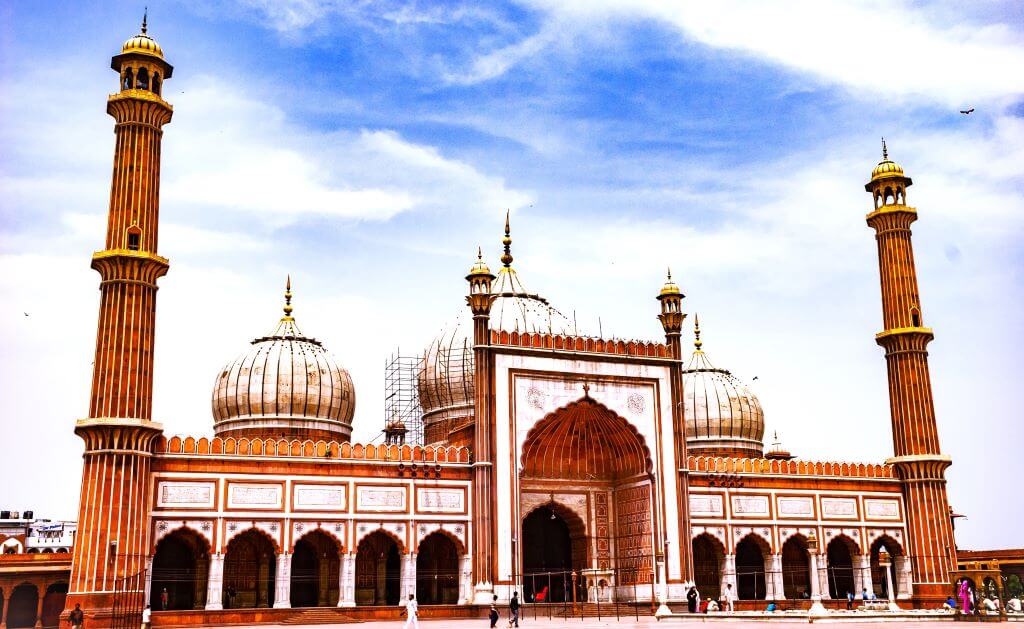
Jama Masjid is one of India’s biggest mosques, in Old Delhi. It was built in the Mughal style with red sandstone and marble. It can hold up to 25,000 people and has beautiful designs.
Visitors can see the big courtyard and tall minarets. It’s a chance to learn about Delhi’s culture and religion.
Humayun’s Tomb, Lotus Temple, India Gate, and Jama Masjid show Delhi’s rich history and culture. Exploring these places, you’ll dive into a world of history, architecture, and traditions. They make Delhi a key part of the Golden Triangle tour.
Top Places to Visit in Agra
Agra was once the capital of the Mughal Empire. It’s famous for the Taj Mahal, one of the Seven Wonders of the World. This beautiful mausoleum was built by Shah Jahan in memory of his wife, Mumtaz Mahal. It’s a key spot for anyone visiting Agra.
Taj Mahal
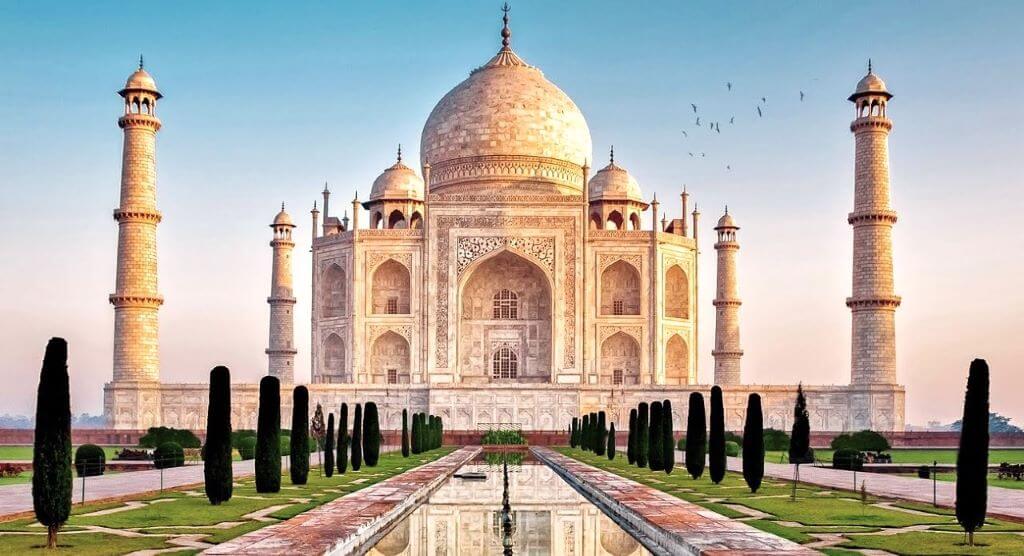
The Taj Mahal is a wonder of architecture. It shows the skill and care of the Mughal era. Visitors love its perfect design, detailed carvings, and how it reflects in the water.
Seeing the Taj Mahal is an experience you won’t forget.
Fatehpur Sikri
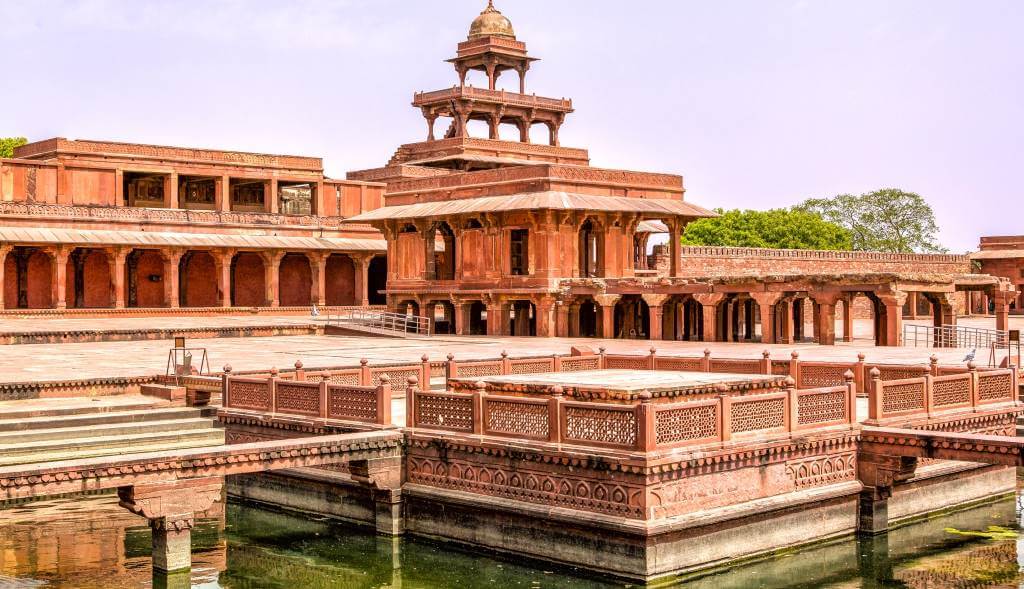
Not far from Agra is the ancient city of Fatehpur Sikri. It’s a treasure of Mughal architecture. Founded by Emperor Akbar in the 16th century, it’s filled with red sandstone buildings. It’s a UNESCO World Heritage Site.
Walking through its quiet courtyards and looking at the Jama Masjid and other buildings takes you back in time.
| Top Places to Visit in Agra | Highlights |
|---|---|
| Taj Mahal | Iconic white marble mausoleum, a masterpiece of Mughal architecture |
| Fatehpur Sikri | Well-preserved Mughal city with stunning red sandstone buildings, a UNESCO World Heritage Site |
| Agra Fort | A well-preserved Mughal city with stunning red sandstone buildings, a UNESCO World Heritage Site |
“The Taj Mahal is the jewel of Muslim art in India and one of the universally admired masterpieces of the world’s heritage.”
– UNESCO
Top Places to Visit in Jaipur
Jaipur, the captivating capital of Rajasthan, is famous for its stunning palaces, beautiful architecture, and lively culture. It’s part of the Golden Triangle and has many must-see spots. These places show the region’s rich history and royal heritage. Let’s dive into the top places to visit in Jaipur and discover its timeless beauty.
City Palace
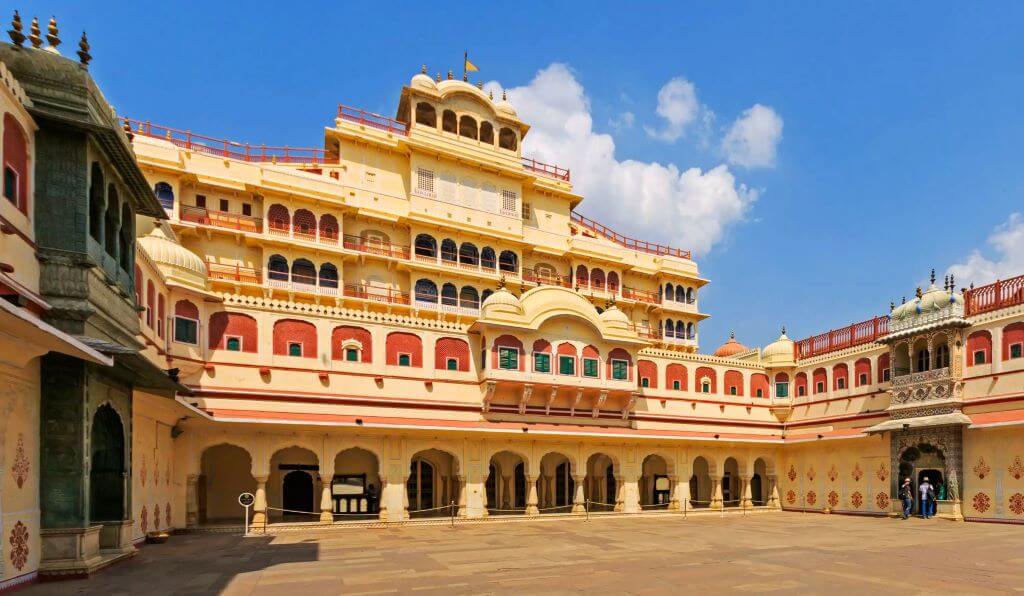
The City Palace is a symbol of Jaipur’s royal past. It was once the home of the Maharaja and now houses a vast collection of art, textiles, and artifacts. These items give us a peek into the city’s glorious history. Visitors can explore the beautiful courtyards, grand halls, and well-preserved structures. They’ll be amazed by the detailed architecture and the mix of Rajasthani and Mughal styles.
Jal Mahal
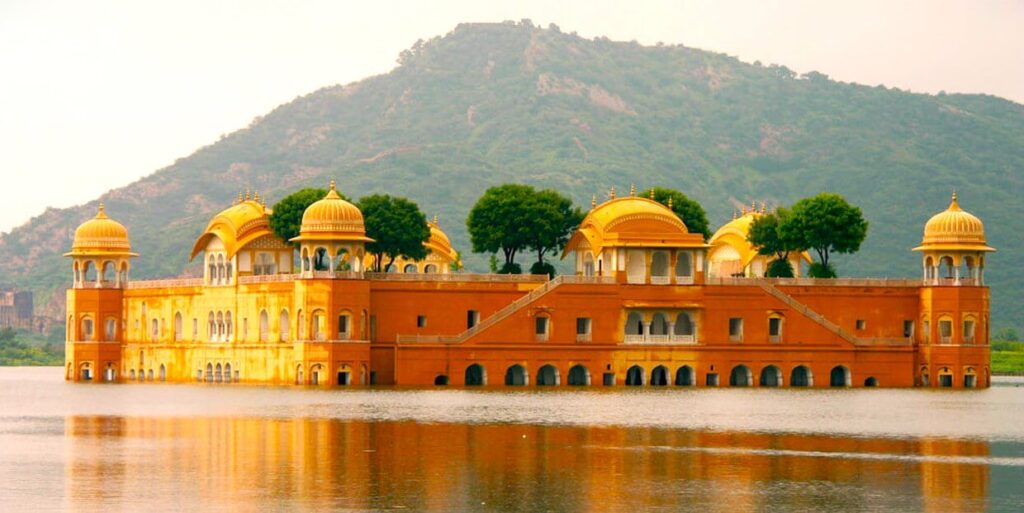
The Jal Mahal, or “Water Palace,” sits in the calm waters of the Man Sagar Lake. It looks like it’s floating on the lake because four of its five floors are under the water. This palace is a sight to see, blending perfectly with the nature around it.
Hawa Mahal
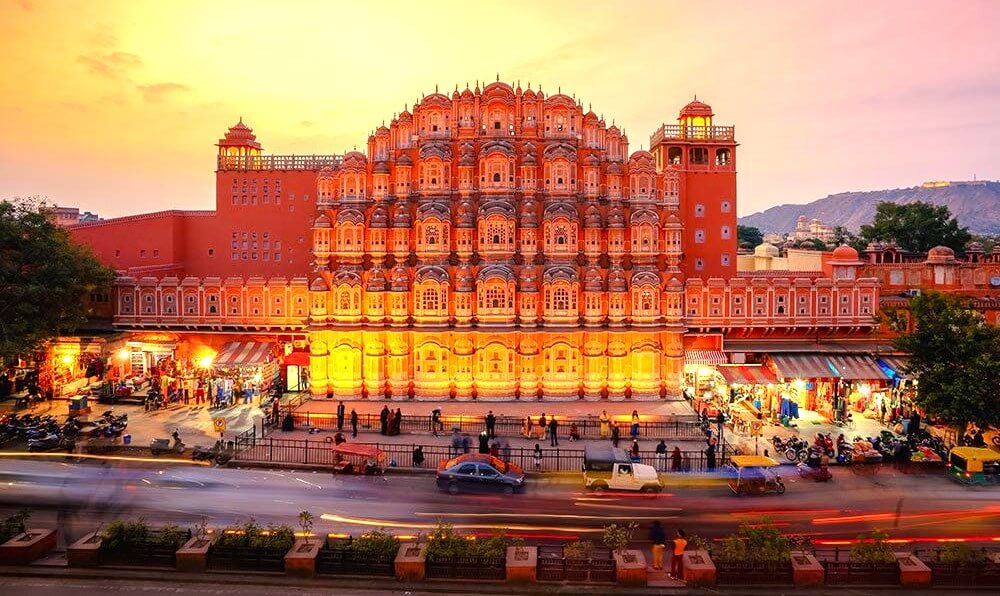
The Hawa Mahal, or “Palace of Winds,” is a famous spot in Jaipur. It’s a red sandstone building with a unique design that looks like a honeycomb. This was built so royal ladies could watch the street life without being seen. The palace’s design is smart, letting in lots of air and offering a cool place to escape the heat.
Amber Fort
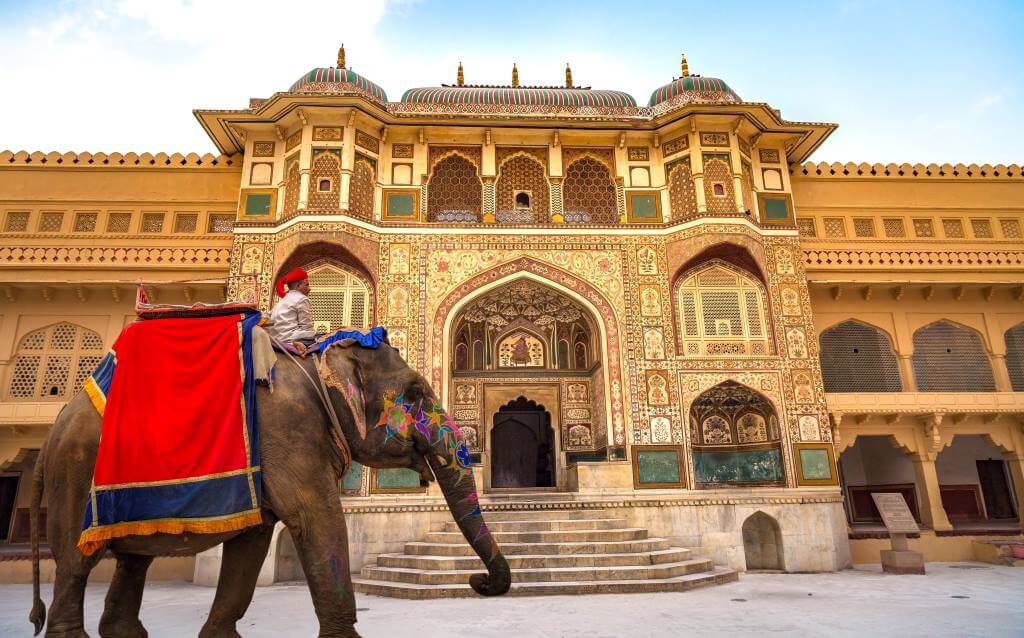
The Amber Fort is a short drive from the city and dates back to the 16th century. It sits on the Aravalli Hills and offers stunning views. Inside, you can see grand palaces, beautiful gardens, and temples. The fort’s mix of Rajput and Mughal styles shows the amazing skill of the builders.
Jaipur’s top spots, like the City Palace, Jal Mahal, and Hawa Mahal, give us a peek into the city’s royal past and lively present. These landmarks are key to visiting the Golden Triangle. They highlight the lasting beauty and cultural depth of this amazing place.
Best Time to Visit the Golden Triangle
Many travelers dream of exploring the Golden Triangle of India. But when is the best time to start this journey? The answer is in knowing the best time to visit the Golden Triangle and the weather in the Golden Triangle.
The winter months, from October to March, are the best time to visit the Golden Triangle. The weather is mild, with temperatures around 23°C (73°F) during the day and 15°C (60°F) at night. This makes sightseeing and taking photos a joy.
But, winter also means smog and fog, which can reduce visibility, especially at the Taj Mahal in the morning. Visitors should plan to avoid these times for the best experience.
| Season | Temperatures | Pros | Cons |
|---|---|---|---|
| Winter (October – March) | 23°C (73°F) daytime 15°C (60°F) nighttime | Mild and comfortable weather Clear skies for sightseeing and photography | Potential for smog and fog, affecting visibility |
| Summer (April – June) | Up to 45°C (113°F) | Fewer crowds at popular sites | Extremely hot weather, making sightseeing uncomfortable |
| Monsoon (July – September) | Varies | Clearer skies for better photography | Heavy rains and risk of flooding |
Summer, from April to June, has fewer crowds but is very hot, up to 45°C (113°F). This makes it hard to enjoy the sights.
The monsoon season, from July to September, brings lots of rain and flooding risks. But, it also means clearer skies for photos.
In summary, the best time to visit the Golden Triangle is winter, when it’s mild and clear. But, watch out for smog and fog. Plan your trip well to enjoy the Golden Triangle fully.
Other Places to Visit in Golden Triangle India
The Golden Triangle of India is famous for its iconic spots. It’s a must-see for tourists. This area has many other amazing places to explore.
In Delhi, there’s more than the Humayun’s Tomb, Lotus Temple, and Jama Masjid. Don’t miss the India Gate war memorial and the political spots like Parliament House and Rashtrapati Bhavan. Also, check out the cultural sites of Qutub Minar and the Red Fort. They show off India’s history and today’s life.
When you get to Agra, don’t just visit the Taj Mahal. The Agra Fort is also a must-see, with its mix of Mughal and Hindu styles. And don’t forget Fatehpur Sikri, a UNESCO site that tells the story of the Mughal Empire.
In Jaipur, there’s more than the City Palace, Jal Mahal, Hawa Mahal, and Amber Fort. Dive into the lively markets, busy bazaars, and tasty street food. These experiences show the heart of the “Pink City.”
To really get to know the Golden Triangle, plan to spend 4-7 days. This lets you dive deep into the history, architecture, and culture of each city.
Accommodations and Budget for the Golden Triangle
Planning your trip to the Golden Triangle will show you many places to stay for every budget. You can choose from luxury hotels, cozy homestays, and budget-friendly guesthouses. Each option offers a unique experience.
In Delhi, Agra, and Jaipur, you’ll find hotels that were once royal palaces or traditional havelis. These places have grand courtyards, beautiful architecture, and top-notch service. They make you feel like royalty from the past.
For a real taste of local life, try homestays and boutique properties in the Golden Triangle. These spots let you see how locals live. You get to experience their culture and traditions up close.
Planning your budget for the Golden Triangle? A mid-range traveler might spend about $30 a day. This covers your stay, transport, entry fees, and food. If you’re on a tight budget, you can find places for under $10 a day. Luxury travelers can splurge on high-end hotels and special experiences.
With some planning and research, the Golden Triangle is affordable for all budgets. This way, you can enjoy its stunning sights and rich culture fully.
| Accommodation Type (Double Sharing) | Average Daily Cost |
|---|---|
| Luxury Hotel | $110 – $150 |
| Deluxe Hotel | $70 – $100 |
| Economy Hotel | $60 – $90 |
The table shows you what to expect in terms of accommodation costs in the Golden Triangle. Keep in mind, these are just estimates. Prices can change based on the season, location, and what’s included.
Conclusion
The Golden Triangle of India is a fascinating tourist spot that shows off the country’s history, culture, and stunning architecture. It takes you from the famous Taj Mahal in Agra to the lively markets and landmarks of Delhi and Jaipur. This circuit is the best way to see Northern India’s highlights.
Traveling here is easy thanks to good roads, many places to stay, and easy transport between cities. You can explore grand palaces, dive into busy streets, or just enjoy the cultural vibe. A trip here guarantees an experience you won’t forget, making you appreciate India’s beauty and depth.
The Golden Triangle of India is a key spot that captures the country’s lasting charm and beauty. It’s a mix of history, culture, and nature that makes for a memorable trip. Everyone who goes there finds something special and leaves with a deep love for India.
FAQ
The Golden Triangle is a famous tourist route in Northern India. It connects New Delhi, Agra, and Jaipur. These cities are about 125 miles apart from each other.
The Golden Triangle is known for its stunning monuments and cultural richness. You can see the Taj Mahal, Humayun’s Tomb, and Amber Fort. Each city has its own unique vibe, from Delhi’s chaos to Agra’s romance and Jaipur’s regality.
Delhi is home to many top spots. You can visit Humayun’s Tomb, a UNESCO site, and the Lotus Temple for its unique design. Don’t miss India Gate, a war memorial, and Jama Masjid, one of India’s biggest mosques.
Agra is known for the Taj Mahal, a wonder of the world. This white marble mausoleum was built by Shah Jahan in memory of his wife. It’s a must-see for anyone visiting the Golden Triangle.
Jaipur is famous for its grand palaces and forts. You should see the City Palace, Jal Mahal, Hawa Mahal, and Amber Fort. These places showcase the city’s rich history and architecture.
The best time to visit is from October to March. The weather is mild and perfect for sightseeing. December and January are especially good, with temperatures around 23°C during the day and 15°C at night.
Besides famous landmarks, there’s more to see. Visit the India Gate war memorial and explore Delhi’s political centers. Agra has the Agra Fort and Fatehpur Sikri. Jaipur is known for its markets, bazaars, and street food.
You can find many places to stay, from luxury hotels to budget guesthouses. Mid-range travelers might spend about $30 a day. Luxury travelers can spend more, while those on a budget can find options for less than $10 a day.

